Wildlife provides us with many benefits that are crucial to our survival, the environment and economy.
Yet, these services can go unnoticed by so many of us. It’s not until we take a moment to stop and think about these services that we realize the many important ways wildlife helps us out. If it wasn’t for wildlife doing these jobs, our world would look pretty different. It’s quite amazing!
Pollination
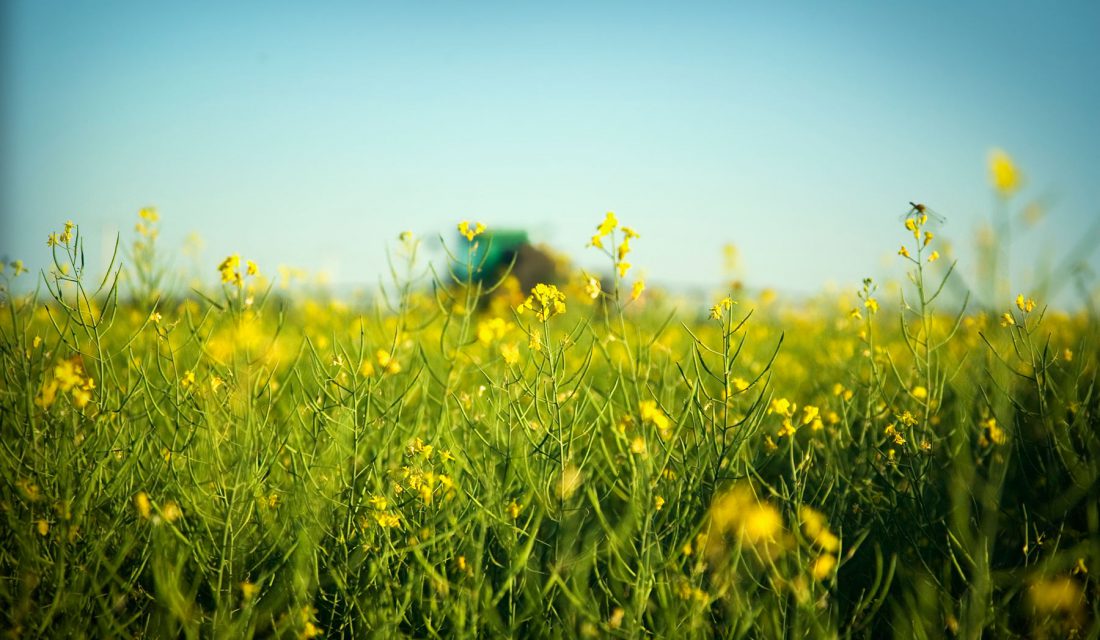
Wild pollinators include thousands of species of bees, flies, moths, butterflies, beetles and wasps. Many are tied directly to the food we eat and are responsible for pollinating 80 per cent of the world’s plants. The economic value of pollination services to agriculture each year is estimated at more than $200 billion USD.
Control of potential pests
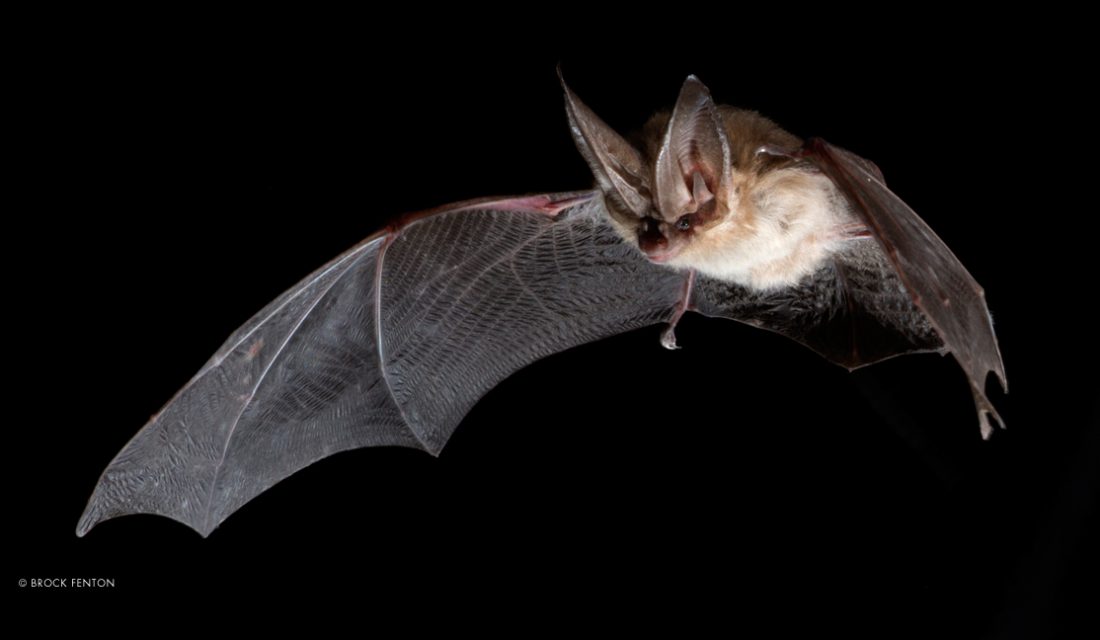 There are many species that are incredibly beneficial to controlling the pests in Canada. For example, bats provide nontoxic pest control services protecting gardens and crops as they can catch hundreds of insects in just one hour. It’s estimated that bats save the agricultural industry in North America $3.7 billion dollars every year.
There are many species that are incredibly beneficial to controlling the pests in Canada. For example, bats provide nontoxic pest control services protecting gardens and crops as they can catch hundreds of insects in just one hour. It’s estimated that bats save the agricultural industry in North America $3.7 billion dollars every year.
Aerial insectivores are birds that feed on flying insects and include nighthawks, swifts, flycatchers, swallows, Whip-poor-wills and martins. It’s reported that the world’s insectivorous birds consume an estimated 400 to 500 million tons of prey each year! Of course, there are other birds that help with this role too. For instance, Evening Grosbeaks are noted for their role in consuming spruce budworm larvae, a serious pest in softwood forests. Hairy Woodpeckers and Downy Woodpeckers help in protecting orchards as they forage on codling moths. And raptors which include hawks, falcons, eagles, and owls help control rodent populations.
There are others still that help with insects including solitary wasps and amphibians. One source reports that approximately 81 per cent of a toad’s diet can be made up of potential pest insects.
Decomposers
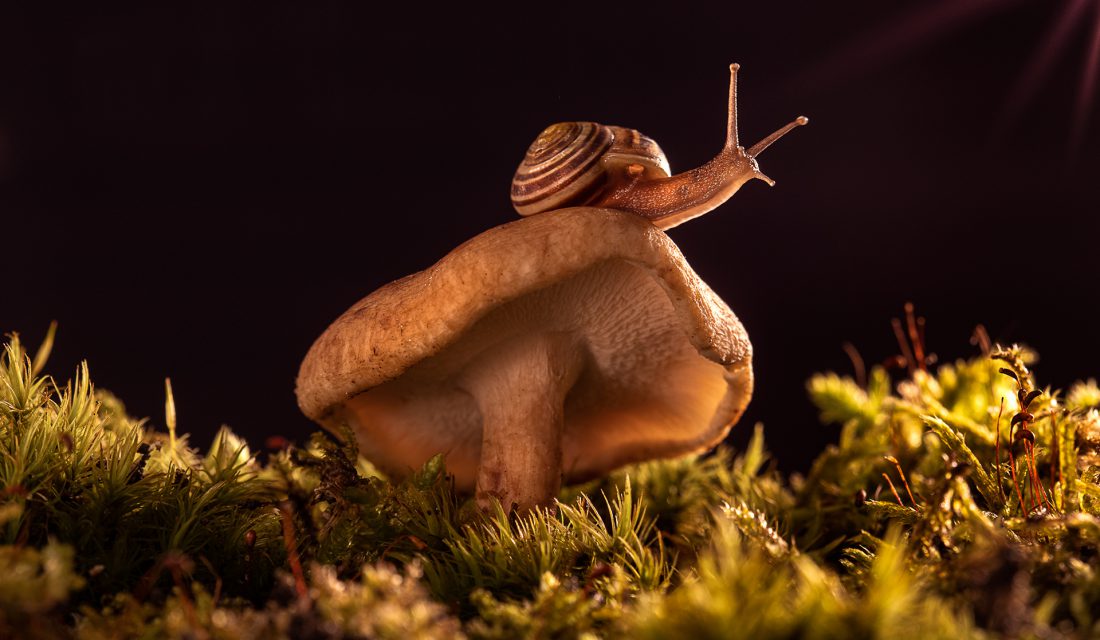
Smaller species like bacteria, fungi and invertebrates can do a world of good too! They eat dead animals and plants and break down the waste from other animals. This keeps dead leaves, dead animals, and their waste from accumulating and releases nutrients back into soil and water.
Seed dispersal
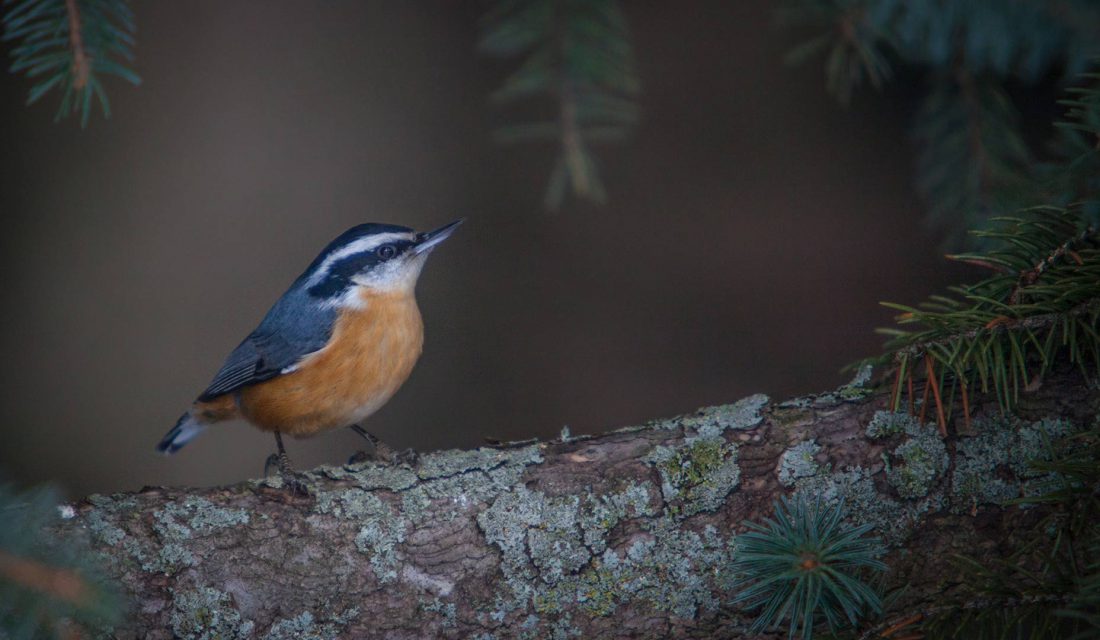 While there are many types of wildlife that help in dispersing seeds, none may be better at this than birds. Seeds fall to the ground as birds feed on plants, birds that are known to cache food away for later can drop seeds as they are transporting them. Many birds tend to hide seeds away and forget about them. Of course seeds also get dispersed from bird droppings as well!
While there are many types of wildlife that help in dispersing seeds, none may be better at this than birds. Seeds fall to the ground as birds feed on plants, birds that are known to cache food away for later can drop seeds as they are transporting them. Many birds tend to hide seeds away and forget about them. Of course seeds also get dispersed from bird droppings as well!
Scavengers
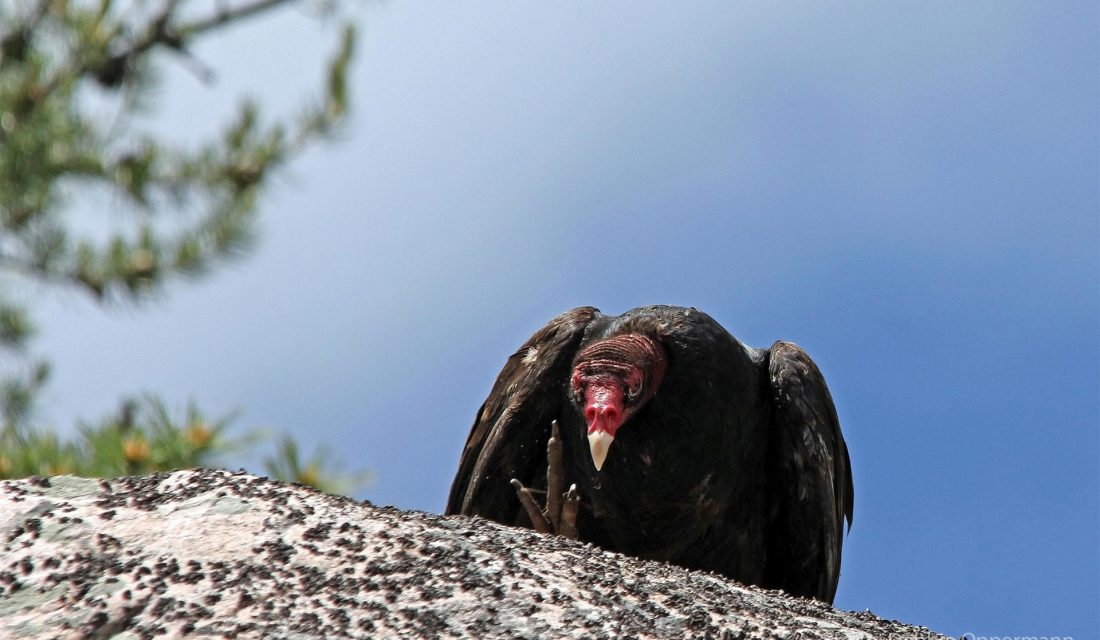 Scavengers, such as crows, coyotes and vultures, play an important role in maintaining a healthy habitat. They clean up dead animals and, in the process, remove harmful substances and reduce the spread of diseases.
Scavengers, such as crows, coyotes and vultures, play an important role in maintaining a healthy habitat. They clean up dead animals and, in the process, remove harmful substances and reduce the spread of diseases.
It’s rather remarkable when we take the time to think about all the amazing jobs that wildlife perform. Imagine what our world would be like without these incredible animals!

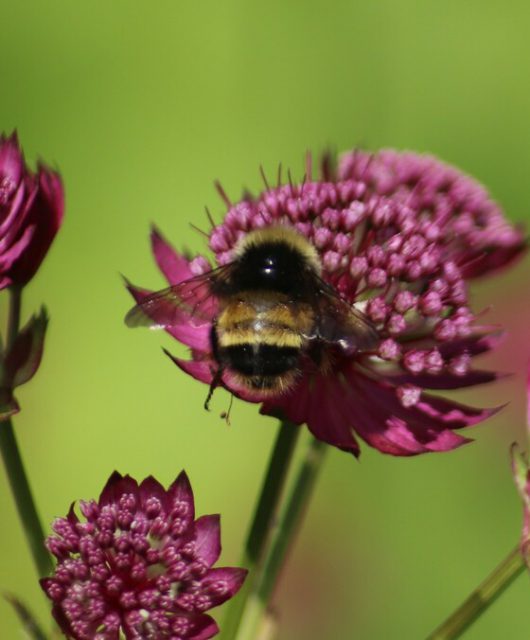
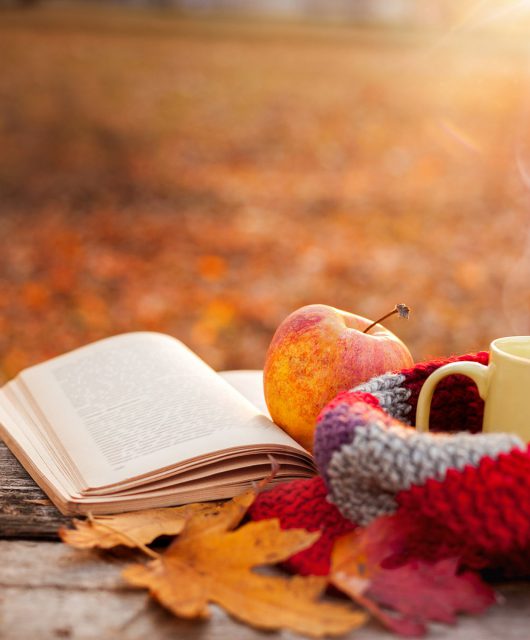
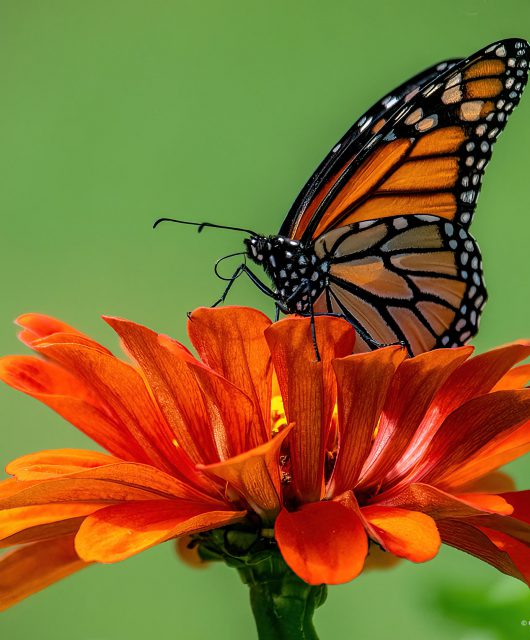
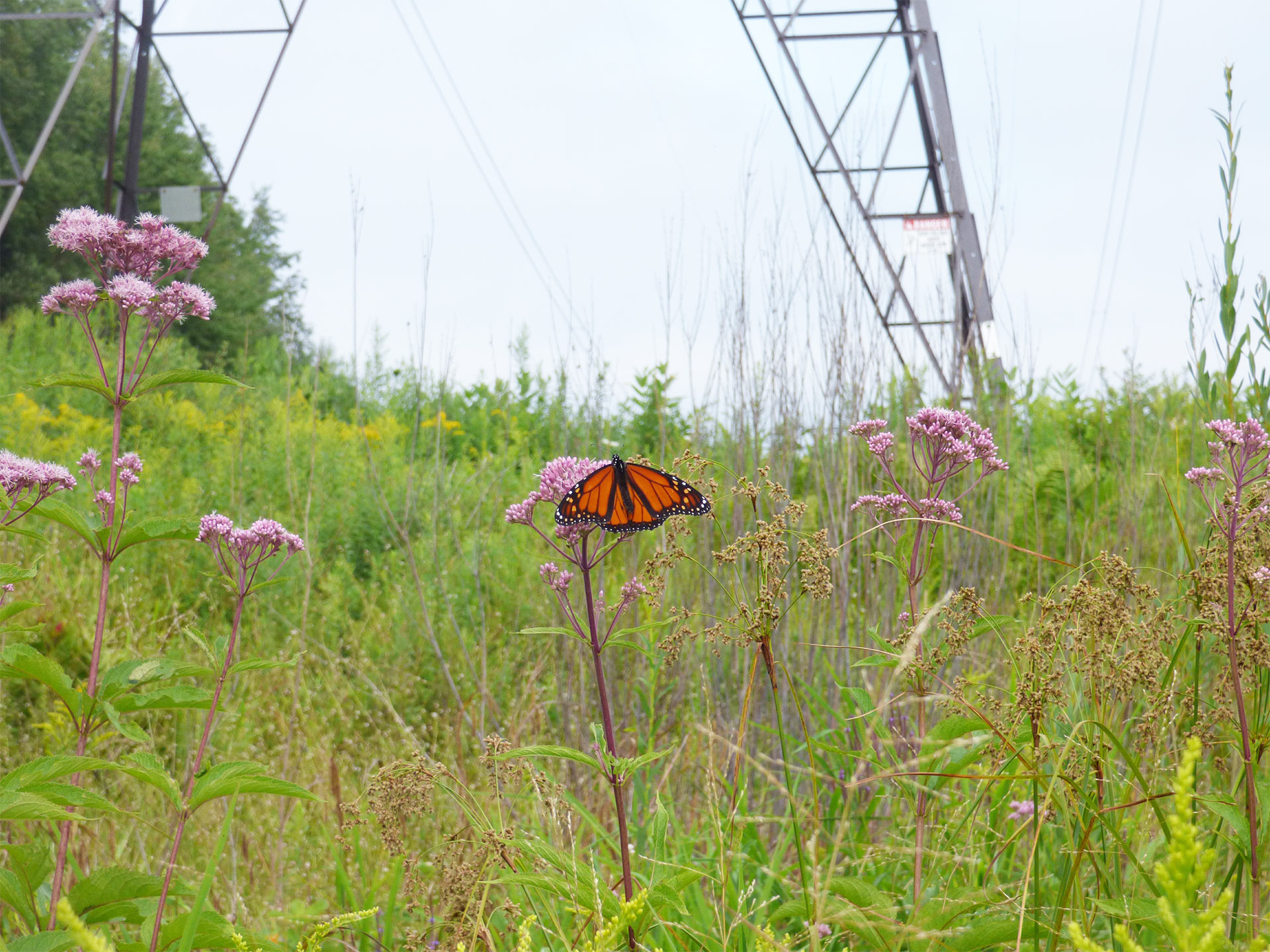
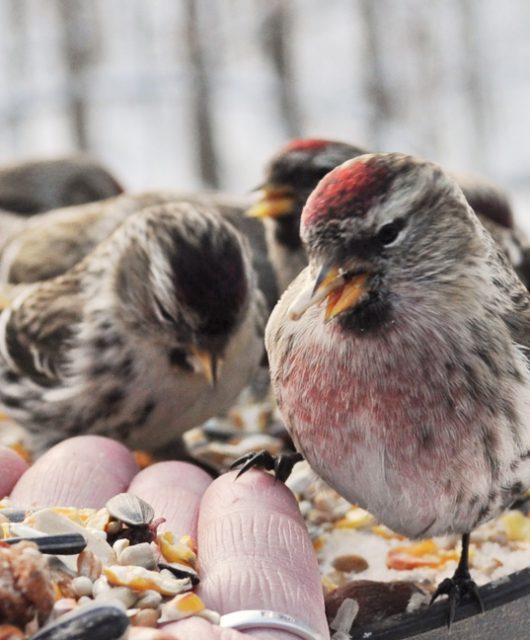
2 comments
great article!
This is a very informative—edifying article to all. Thanks a lot! Continue to post!